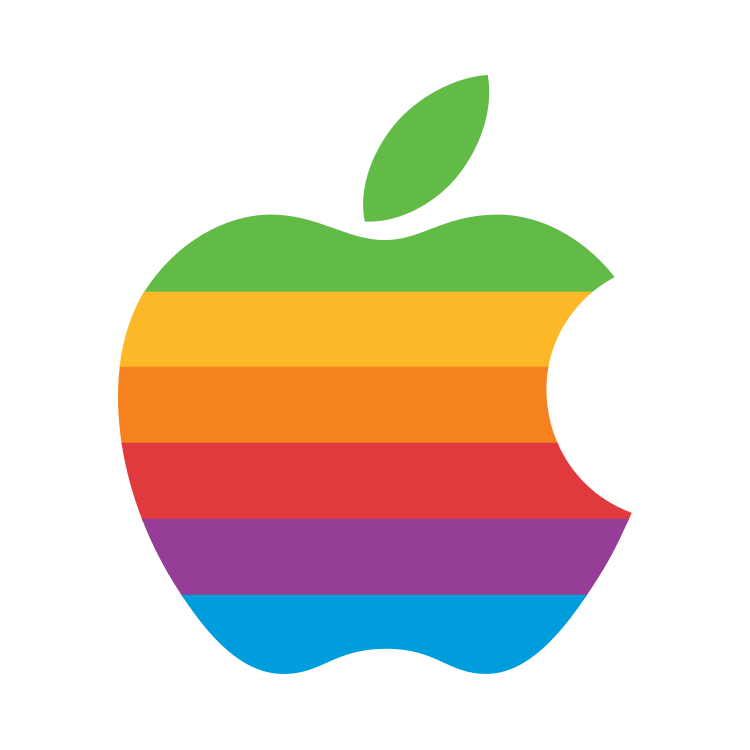If you are getting a pop-up “Accessory may not be supported” and your iPhone refuses to charge, this article may help solve your issue.
Recently my iPhone stopped charging. It was almost immediately clear it refused to charge because it thought my charger was an unsupported accessory. I thought the cause would be my charger because it’s damaged although it still worked up until then. I took another cable expecting it to work but I got the same pop-up. No charger would work and the phone would only charge a bit after a full shutdown, but after entering my passcode so the phone is not in the fully encrypted state it enabled this charging accessory handshake feature which I assume is checking if the plugged in device works as intended and is MFI.
After realising this occurred to all chargers and charging bricks, both 5W and 10W I expected it to be a damaged charging cirquit, possibly a burnt resistor or capacitor? I was thinking about replacing the port.
I tried a Lightning to USB 3.0 adapter (the ones that come with both USB OTG and Lightning in) so the iPhone detects the USB hub as an accessory and uses the power forwarded through the Lightning port on the adapter. I thought this might work since then normally only the power from the charging port on the adapter is forwarded. This also gave the same error making me even more suspicious the problem was with a component on my charging cirquit. I did know the adapter also recognised if you plugged an accessory into it, for example if you plug Lightning earphones into it it also gives the “accessory not supported” pup-up, but I was pretty sure it wasn’t the charger. It’s of course always a good idea to check if your charger works on another device which it did in my case so I knew it must be the phone.
I was wondering, if there was a damaged component, why would the phone be temporarily recognised by a computer and also be capable of charging? If all the functionality is present it must be at least capable of working, even if it doesn’t want to. The problem must either be in the MFI detection cirquit or a bug in the software. I started searching on Google and the only info on there was “Clean your port”, “Stick a toothpick or toothbrush in the port and take the lint out”, “Force restart your iPhone (which works as long as you don’t enter your code)” and “Update your iPhone” which are all very general solutions that don’t work for actual bugs in the software and are solutions for user error. I was pretty confident none of these solutions was going to help at all because in my case I wasn’t the one doing something wrong, I was using multiple genuine Apple cables and power adapters, my port was prefectly clean and made a good connection, my software is up to date and I’m not using any new accessories that may not be supported by my iOS version so the conclusion is that Google is useless in this case and leads people to believe their phone is broken and needs to be repaired or replaced.
This suspicion of a software bug made me realise, perhaps I can plug a USB device into the USB accessory so the port goes into the USB OTG like mode where the phone serves as the host device. I tried it and the USB device powered on but was not sending data to the phone as the phone didn’t respond to input from the device and the phone showed no sign of connection. I then proceeded to add the power cable to the adapter so both a USB device and power are plugged in and the phone charged just fine. Then I unplugged the USB device and plugged it back in and it got recognised by the phone. This seemed to work so I tried my charger again and it was completely fine?
I don’t know what this did but the problem appears to be completely gone. The reason the problem occurred is very likely my damaged cable but it could perhaps be caused by oxidised contact pads on the Lightning connector (the 5V power line tends to turn black from oxidisation, but you can scrape it off if it causes a wiggly connection). I did a full reboot and so far it hasn’t shown me any problems ever since. I hope this is a permanent solution and the problem was just a very odd software bug. If it ever happens again I’ll try some more adapters to see if other adapters than USB adapters can also somehow resolve the problem. Seeing that it works now, even if it may not work forever, makes me confident there is absolutely nothing wrong with the hardware. I’ll see how long it lasts and even if this turns out to not be a permanent fix, it makes the device usable but so far I don’t know if it’s completely solved and as long as I don’t update this post it probably means it’s still working.
I hope this helps anyone with the same issue, all you need is a Lightning to USB (female) adapter. I can’t guarantee this works but other people should try it and verify.

